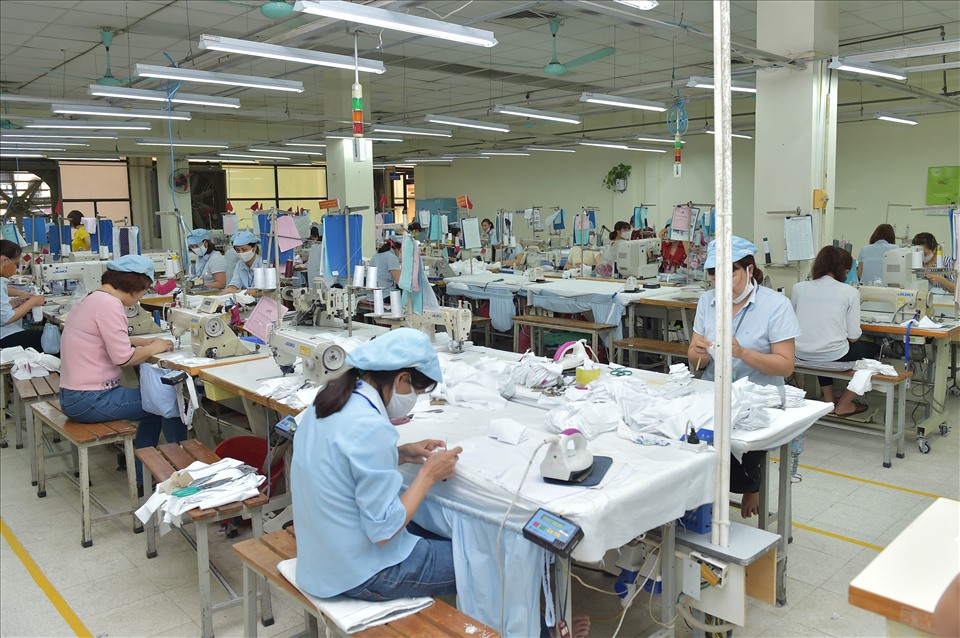HCMC – Vietnam’s textile and garment industry is facing a tough uphill battle as it is working hard to achieve its ambitious export target of US$39-40 billion for the year, according to the Vietnam Textile and Apparel Association (VITAS).
Recent data from the association showed that textile and garment export revenue in the first half of 2023 amounted to US$18.6 billion, a 17.6% drop compared to the same period in 2022.
Imports into the country plunged a sharp 20.5% year-on-year in the January-June period, resulting in a trade surplus of US$7.9 billion, which is nearly US$1 billion lower than in the same period in 2022.
Global textile demand is projected to decrease from US$757 billion to around US$712 billion, and it could potentially reach as low as US$687 billion.
The ongoing global economic slowdown has impacted export figures due to reduced orders from major markets. Textile exports to the U.S. plummeted by 27.1% during the first five months, while exports to Canada and the EU declined by 10.9% and 6.2% respectively.
In addition to these challenges, Vietnamese textile exporters are facing fierce competition from manufacturing powerhouses like China. Diminishing demand from major markets further worsens the situation, making Vietnam one of the first countries to bear the brunt of declining textile orders.
Textile businesses in Vietnam are contending with significant drops in product prices, with some experiencing reductions of over 50% compared to previous years. High lending rates, averaging between 9% and 11%, further increase production costs compared to other export-oriented nations.
Moreover, the average monthly wage for textile workers in Vietnam is around US$300, considerably higher than in other exporting nations like Bangladesh (US$95), Cambodia (US$190), and India (US$145). This wage disparity poses a significant challenge for Vietnam’s textile industry to remain cost-competitive.
China’s active support for its domestic textile industry adds another layer of complexity. The country has taken measures to strengthen production and maintain its position as the leading global textile manufacturer. As China increases its supply, Vietnam faces even fiercer competition in the textile market, exacerbating the challenges it already faces.
There is growing pressure to adopt greener and more sustainable production practices, requiring additional efforts from Vietnamese exporters to secure new orders. This involves developing eco-friendly raw materials, creating reusable and recyclable clothing, and reducing the environmental impact of the production process.
VITAS Vice Chairman and Secretary General Truong Van Cam has emphasized key measures to support Vietnam’s textile and garment industry in achieving its ambitious export target. These measures include retaining skilled personnel, investing in employee upskilling, fostering customer loyalty, and optimizing business expenses.









